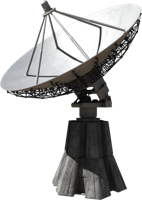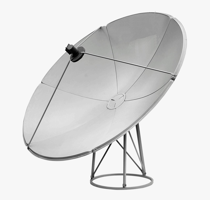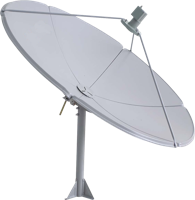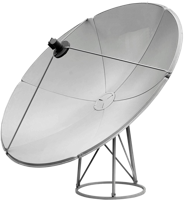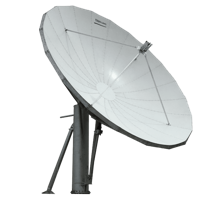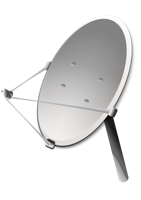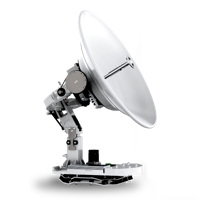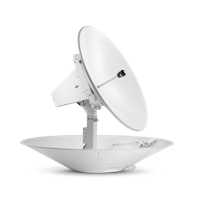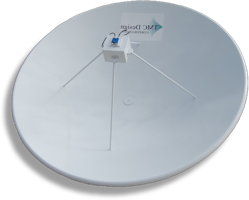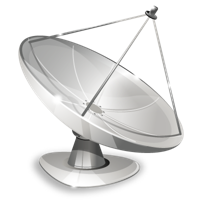In this antenna page you can download free antenna PNG images: antenna PNG images free download
In this gallery of antenna, we have 27 free PNG images with transparent background.
The transition from wired to wireless communication technology was catalyzed primarily by the introduction of antennas. Antennas play a crucial role as they convert electromagnetic fields into current during reception and current into electromagnetic fields during transmission. This capability allows electromagnetic waves associated with antennas to traverse freely through the air, endowing communication systems with wireless capabilities.
In radio engineering, an antenna (referred to as aerial in British English) serves as the interface between radio waves propagating through space and electric currents within metal conductors. When used with a transmitter, the antenna radiates electromagnetic waves generated by the supplied electric current. Conversely, during reception, the antenna intercepts radio waves, converting a portion of their power into an electric current applied to a receiver for amplification. Consequently, antennas are indispensable components in all radio equipment.
An antenna typically consists of an array of conductors, electrically connected to the receiver or transmitter. Antennas can be designed to transmit and receive radio waves omnidirectionally, equally in all horizontal directions, or directionally, preferring a particular direction (high-gain or "beam" antennas). Additional components such as parabolic reflectors, horns, or parasitic elements may be included to shape the radiation pattern of the antenna. Achieving strong directivity and high efficiency when transmitting often requires antennas with dimensions comparable to or larger than half the wavelength of the transmitted signal.
The development of antennas traces back to 1888 when German physicist Heinrich Hertz constructed the first antennas as part of his groundbreaking experiments to validate the electromagnetic wave theory proposed by James Clerk Maxwell. Hertz utilized dipole antennas positioned at the focal point of parabolic reflectors for both transmission and reception purposes. Building on this work, Guglielmo Marconi embarked on the development of practical antennas for long-distance wireless telegraphy, which ultimately earned him a Nobel Prize starting in 1895.
